The Hindenburg Wasn't Alone: Here's a Look at 23 Intriguing Airship Adventures
Age of Airships
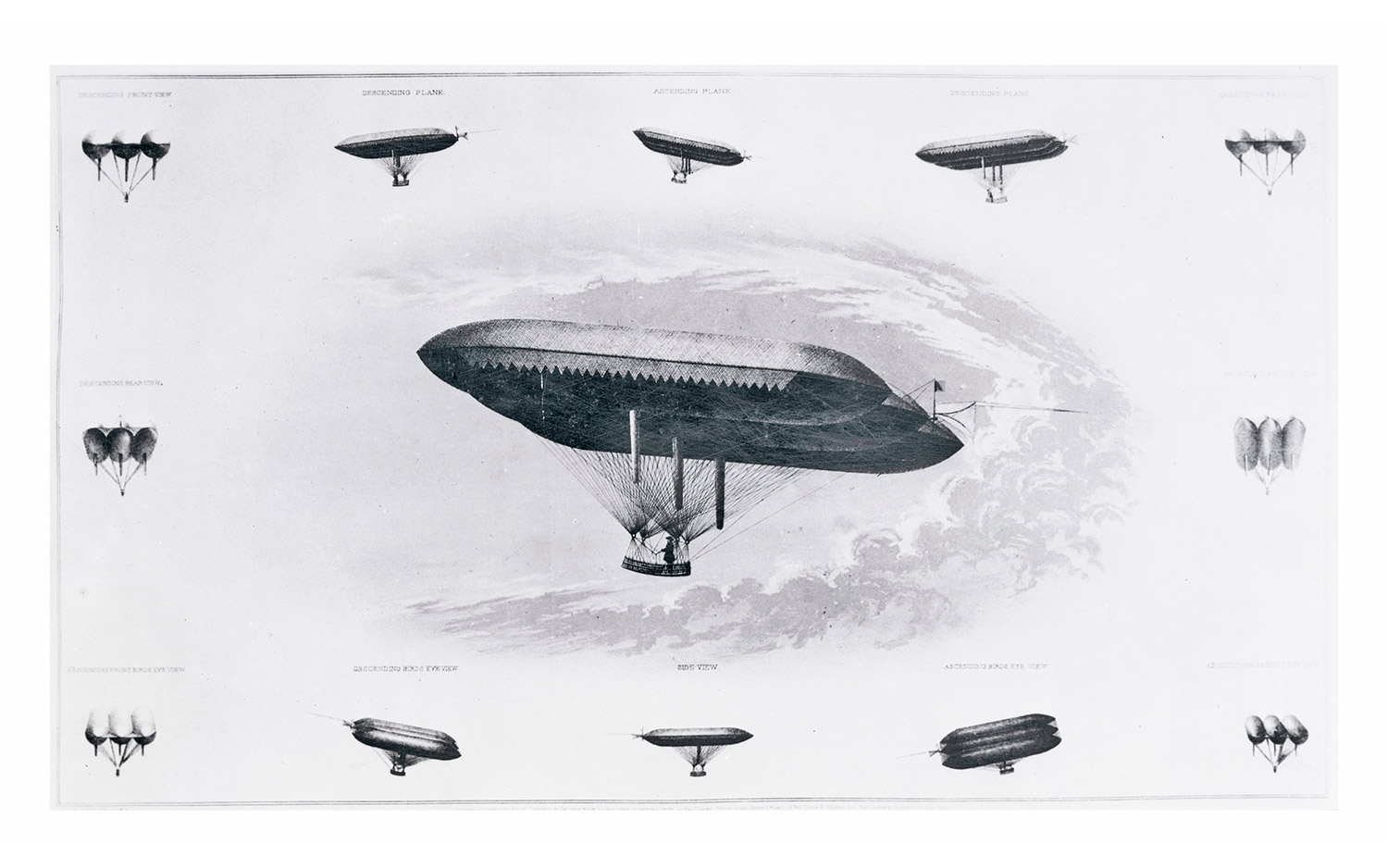
Long before jet aircraft came to dominate air transport, a variety of lighter-than-air vessels known as airships sought to combine the capabilities of ships at sea with the radical new ability of soaring through the skies.
For a few decades, now known as the great Age of Airships, aviation pioneers around the world tried to outdo each other with larger and more sophisticated airship designs, while making longer and more daring aerial voyages.
Here's a look at some of the most interesting innovations and adventures during the Age of Airships, from the first steerable airship (sporting a sail-like rudder) and an early French craft used for reconnaissance and bombing to the first Zeppelins and the infamous Hindenburg.
Blanchard crosses the English Channel
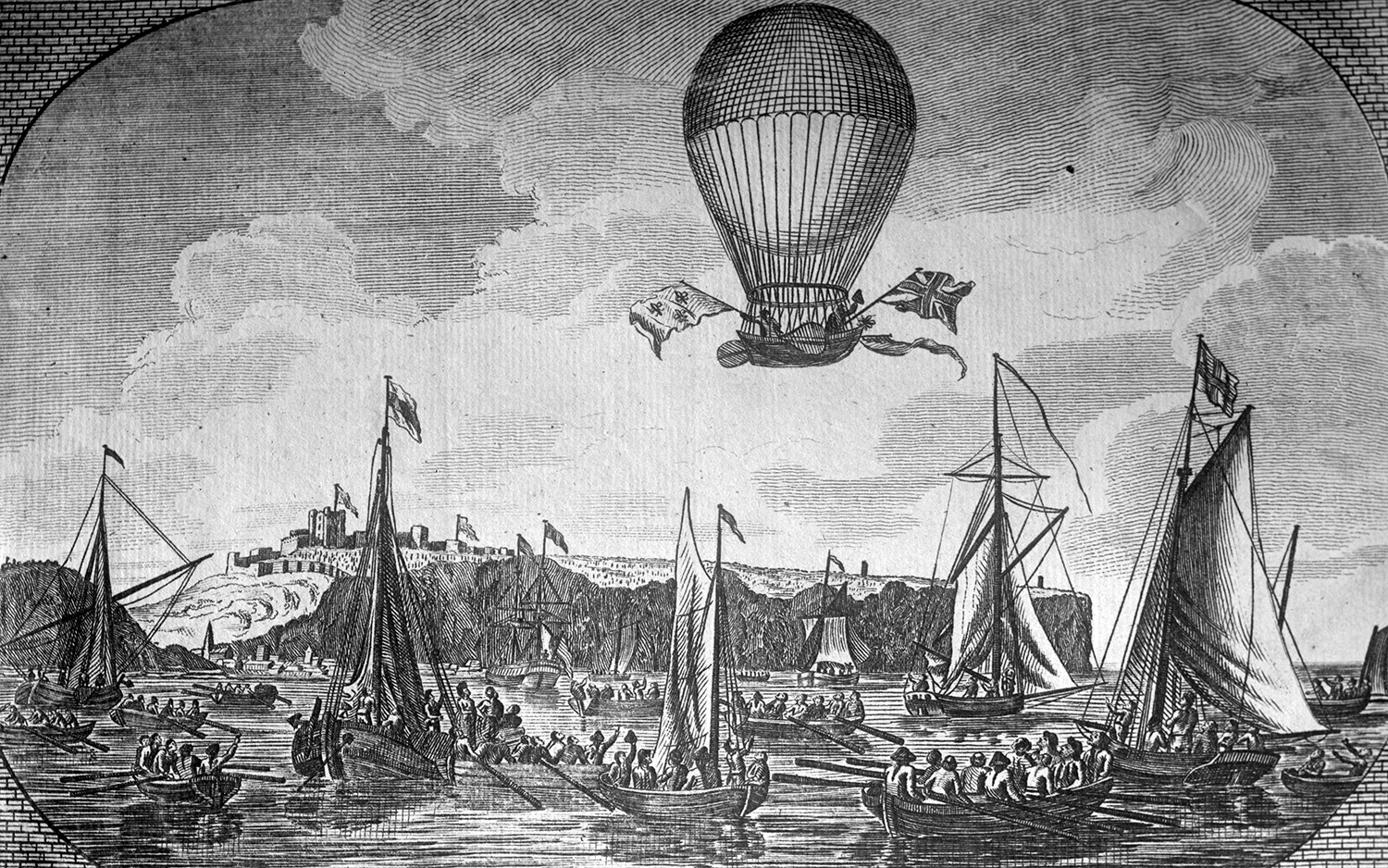
By definition, an airship differs from a lighter-than-air balloon because it is steerable.
Just a few years after the first balloon flight in Paris in 1783, the French aviation pioneer Jean-Pierre Blanchard devised a hot-air balloon steered by oars, flapping wings and a hand-powered propeller.
Although the steering devices didn't work, on Jan. 7, 1785, Blanchard and an American, John Jeffries, were carried by the wind from Dover in England to Guînes in northern France — the first aerial crossing of the English Channel.
Giffard airship
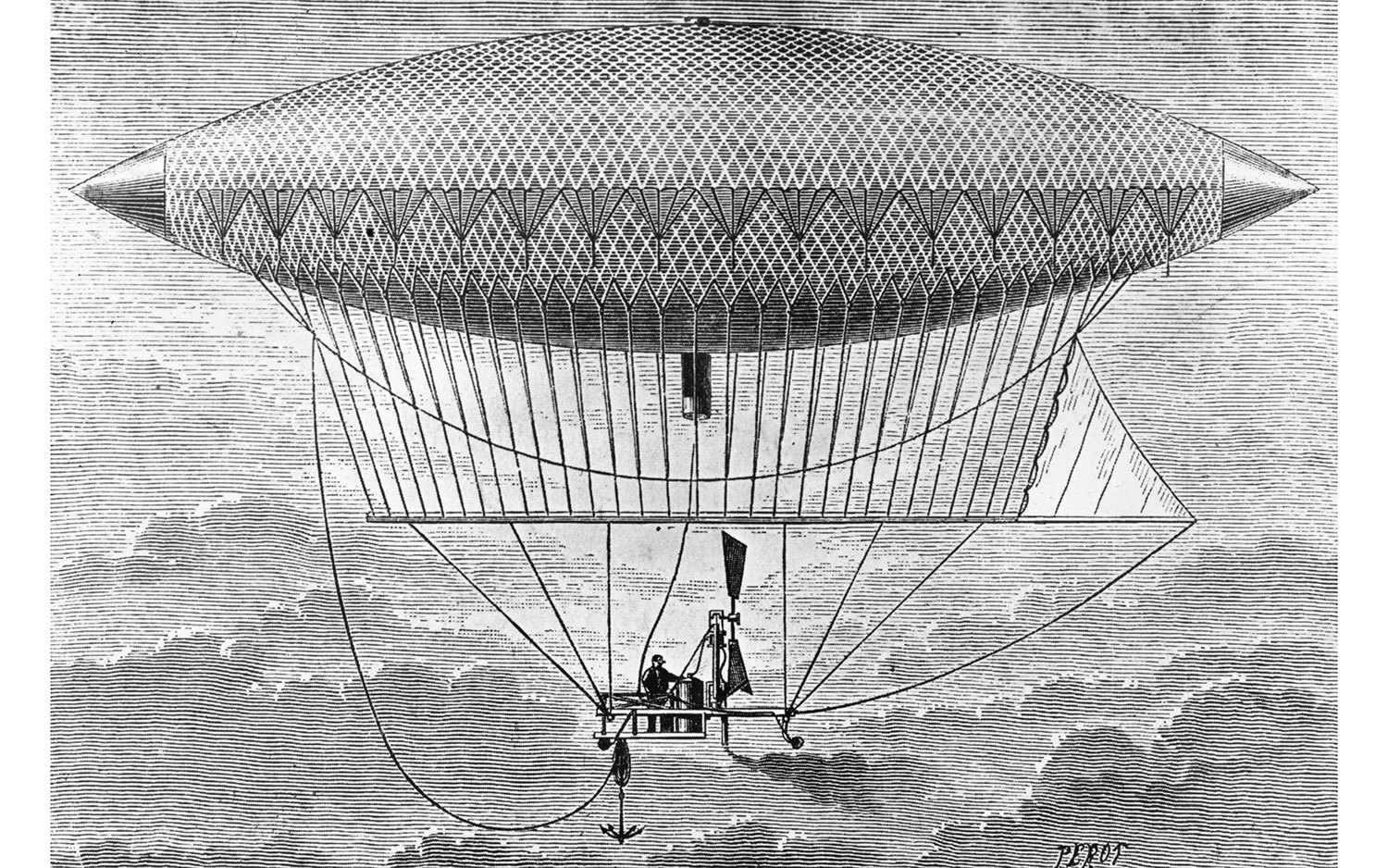
The Giffard dirigible, built in France in 1852, was the first truly steerable airship. It was steered by a triangular, sail-like rudder and driven by a propeller attached to a small steam engine.
Get the world’s most fascinating discoveries delivered straight to your inbox.
In September 1852, inventor Henri Giffard flew the hydrogen-filled airship for 17 miles (27 kilometers) from Paris to the village of Élancourt in 3 hours, maneuvering along the way.
Even so, his engine was not powerful enough to make the return journey against the wind.
Aeron dirigible
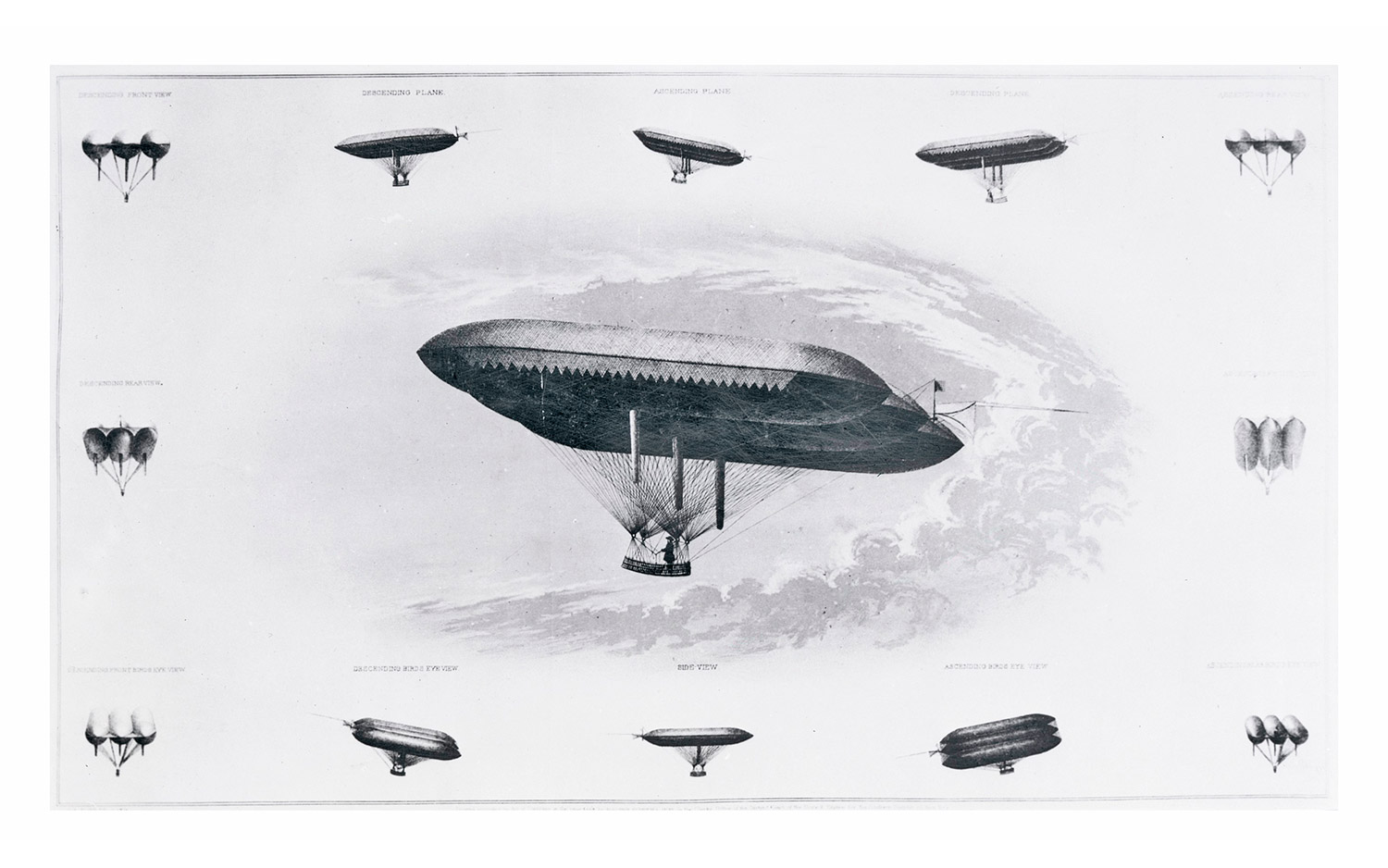
American airship pioneer Solomon Andrews flew an experimental airship, the Aeron dirigible, over New Jersey and New York after 1863.
The Aeron had no engines, but instead used a wing-shaped gasbag and steering vanes that let Andrews control its height, speed and direction.
Andrews' ideas inspired later airship designs, including the modern Airlander Hybrid Air Vehicle, which gets some of its lift from a wing-shaped gasbag.
Early French airships

An experimental French military airship, La France, made the first fully controlled flight from an airbase near Paris in 1884, covering a distance of 5 miles (8 km) before returning to where it took off.
La France was steered by vanes and driven by a large propeller, powered by an 8.5-horsepower electric motor and a zinc-chlorine battery that weighed almost half a ton.
After several successful flights by La France, the French Army ordered its first airships for military reconnaissance and bombing duties — the Patrie, Republique and Liberte.
First Zeppelins

Unlike the early French airships, which used a flexible gasbag filled with hydrogen, the designs by the early German airship pioneer Ferdinand von Zeppelin used a rigid gasbag, held in shape by an internal structure.
Zeppelin's first rigid airship, LZ-1, flew from a floating hangar on Lake Constance in southern Germany on July 2, 1900.
From 1906 to 1908, Zeppelin built three more experimental airships. The most successful, LZ-4, made a 12-hour flight over Switzerland on July 1, 1908.
First passenger airships
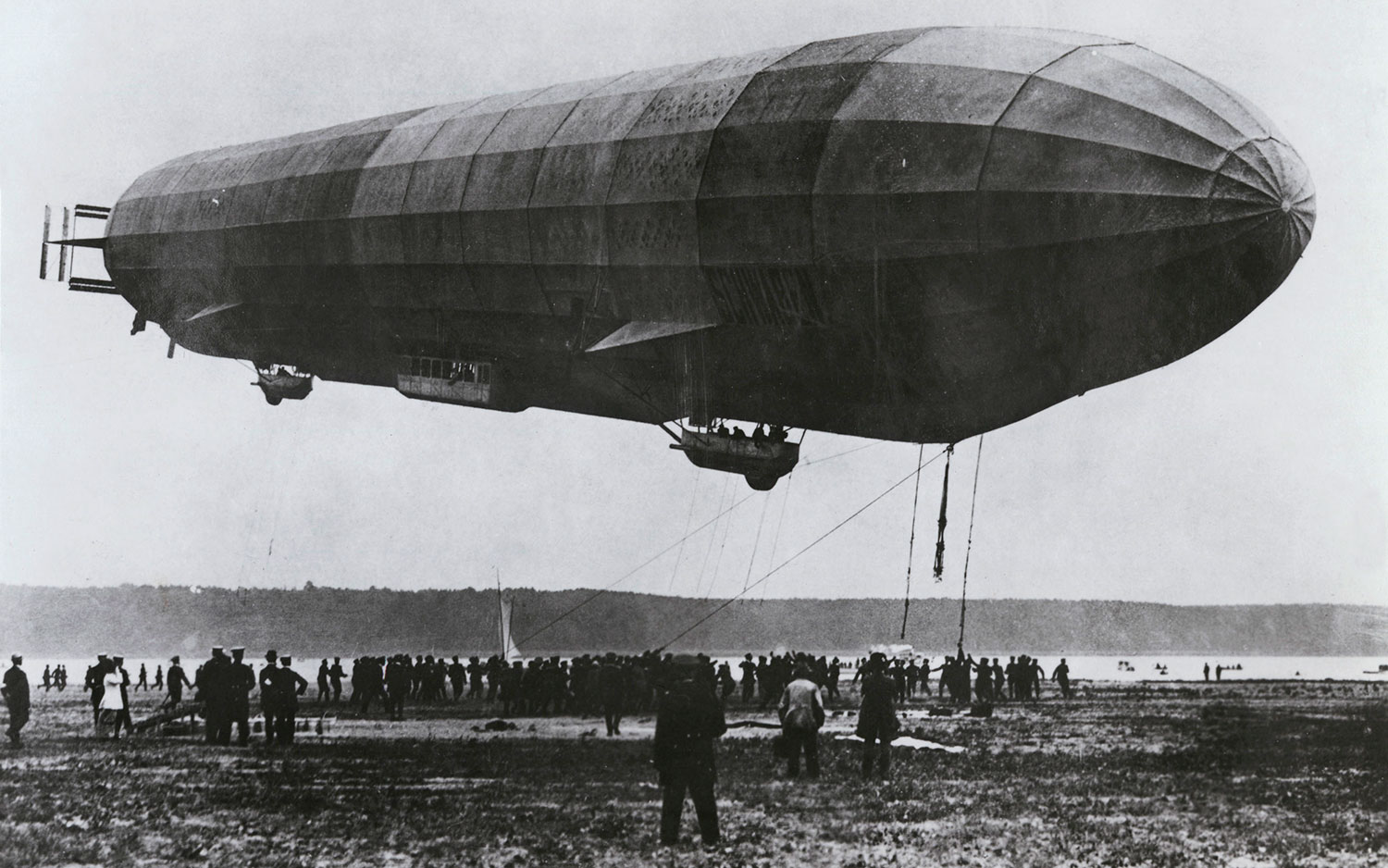
The first commercially successful passenger airship, Zeppelin's LZ 10 Schwaben, with room for 20 passengers, went into service in July 1911.
The Schwaben carried more than 1,500 people on 218 flights across Germany for the world's first airline, DELAG — the "Deutsche Luftschiffahrts-Aktiengesellschaft," or "German Airship Travel Corporation."
But the airship broke free of its moorings during a storm at an airfield near Düsseldorf in June 1912, and it was destroyed when a spark of static electricity ignited the hydrogen in its gasbag.
First airship fatalities

Another Zeppelin, LZ-14, was the first airship owned by the Imperial German Navy. On Sept. 9, 1913, with a crew of 20 on board, the airship was ordered out on maneuvers over Germany's North Sea coast.
The ship flew into strong winds and cold rain, which caused the hydrogen in the gasbag to contract and lose lift. The airship fell into the sea near the Heligoland islands, off the German and Danish coasts. Thirteen of the crew were drowned, and seven were rescued by boats.
Cuxhaven raid
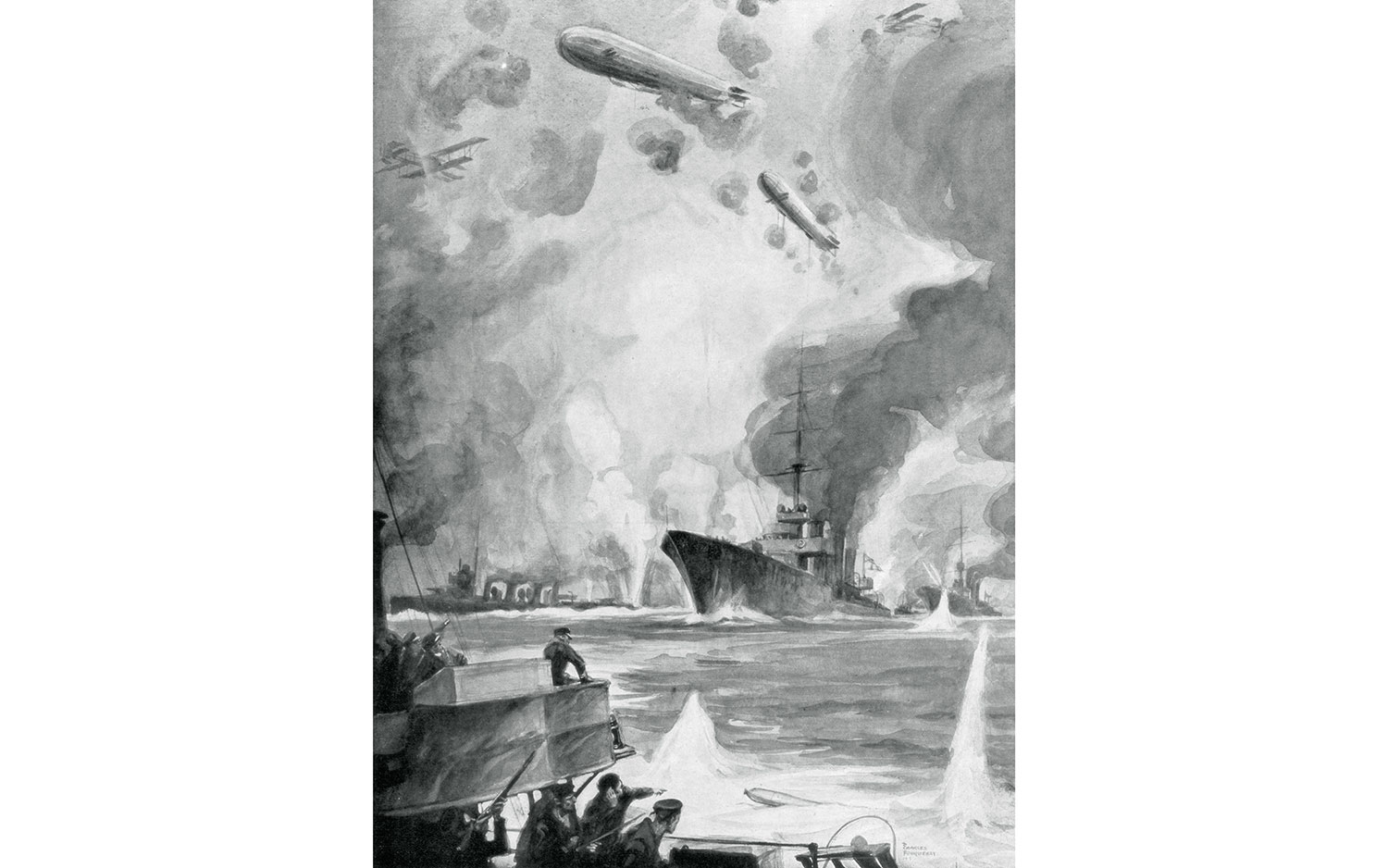
At the outbreak of World War I, the British public and military authorities were terrified by what they saw as the "Zeppelin Menace," so several bombing raids were staged to destroy the German airships.
One of the most famous was the Cuxhaven Raid, on Christmas Day 1914, by seaplanes carried to the North Sea coast of Germany on Royal Navy ships — the first combined sea and air attack in history.
Zeppelin bombing attacks

Germany used its airships for aerial bombing during World War I, beginning with a Zeppelin attack on the Belgian city of Liège in August 1914 — the first time that bombs were dropped on a city from the air.
Airships were the only German aircraft capable of sustained operations over Great Britain at the time. Between 1915 and 1918, German airships — most of them Zeppelins — carried out 51 bombing raids over Britain, including over the city of London, killing and injuring thousands of people.
Airships carrying aircraft
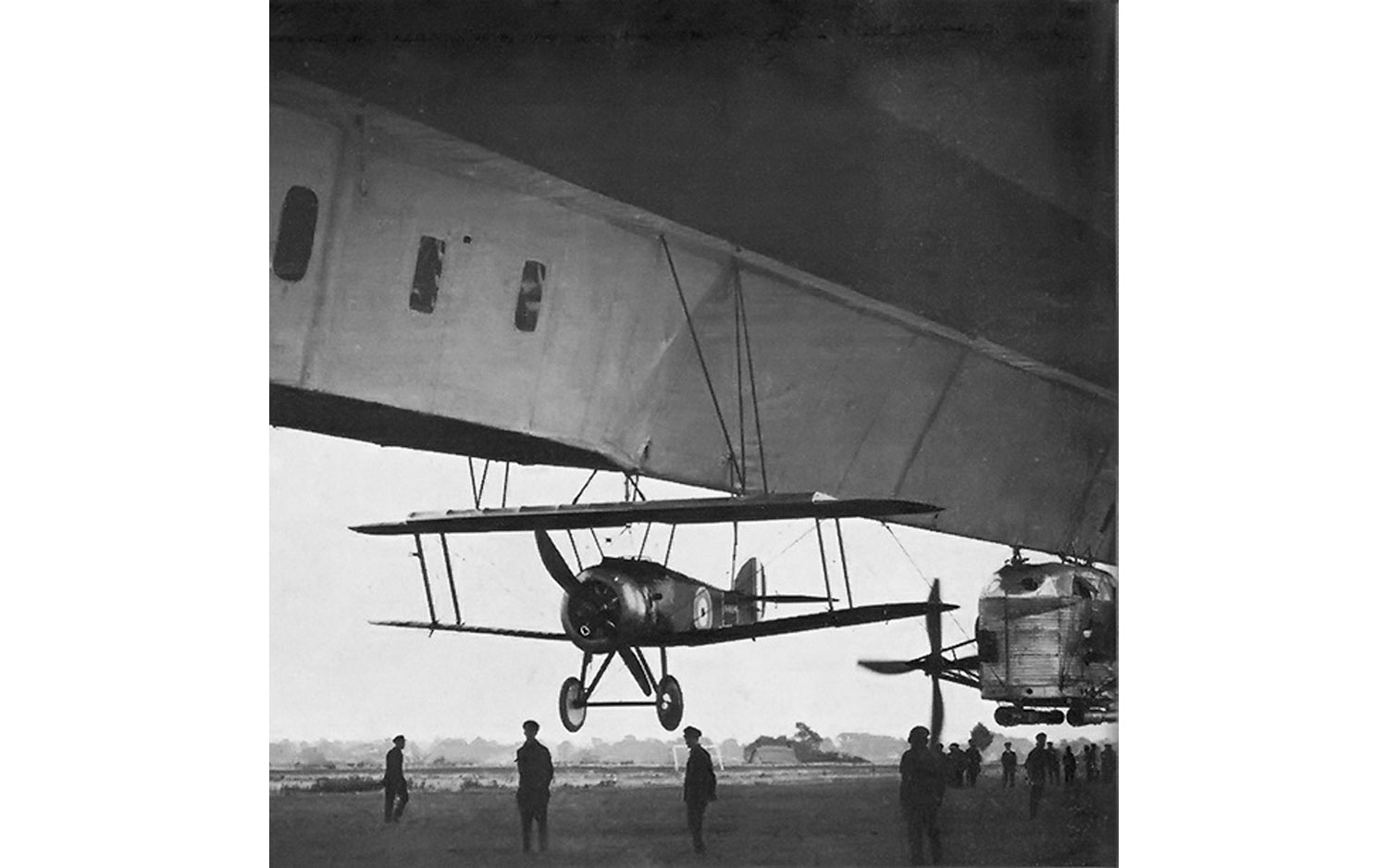
In war, airships proved to be too large, too slow and too flammable, making them relatively easy for fighter aircraft to shoot down.
In search of a defense against enemy airships, the British and the American militaries experimented with launching and recovering fighter aircraft in mid-air, from "skyhooks" slung beneath their own airships.
Tom Metcalfe is a freelance journalist and regular Live Science contributor who is based in London in the United Kingdom. Tom writes mainly about science, space, archaeology, the Earth and the oceans. He has also written for the BBC, NBC News, National Geographic, Scientific American, Air & Space, and many others.


